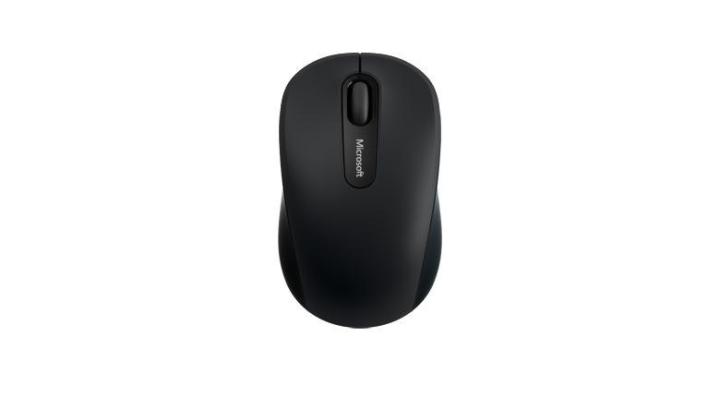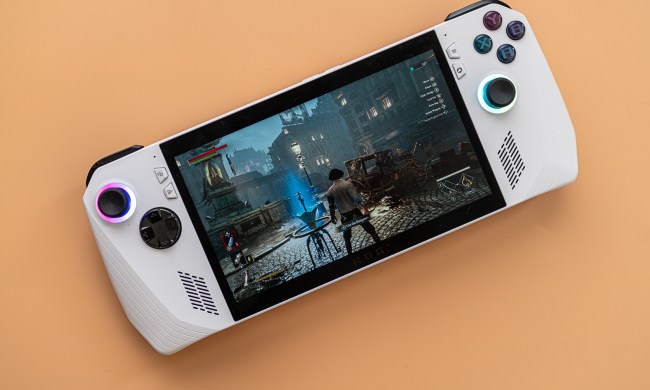
The Bluetooth Mobile Mouse 3600 brings portability on a budget, sporting the new Bluetooth 4.0 SMART technology, along with a four-way scroll wheel for both vertical and horizontal scrolling. “Compact and comfortable,” writes Microsoft news reporter Steve Clarke in a blog post, “it’s great for on-the-go computing.” The Mobile Mouse 3600 is set to retail on October 8 at $30 MSRP.

The Wireless Desktop 900 keyboard and mouse set, on the other hand, bears a minimalistic design, taking advantage of quiet-touch keys and “easy plug-and-play” wireless functionality over a range of 30 feet.
The ambidextrous mouse simplifies computing whether you’re right- or left-handed, while the accompanying keyboard brings single-click shortcuts for Cortana, OneNote, and the new virtual desktops feature. The Wireless Desktop 900, packaged complete with a full-sized keyboard and mouse, will set buyers back $50, or $30 for the mouse on its own.

Other updates to the current slate of Microsoft’s proprietary accessory lineup include slight Windows 10-centric renovations to the Wireless Desktop and Keyboard 800, Wireless Desktop 3000, and Wireless Comfort Desktop 5000, adding 50 to each model’s number.
Both the Wireless Desktop 850 and Keyboard 850 will launch on September 23 for $40 and $25, respectively. The Wireless Desktop 3050 will be available on October 7 for $60, while the Wireless Comfort Desktop 5050 will make its way to the Microsoft Store on October 7 for $70.
Lastly, the Sculpt Comfort Desktop 5050 bundles the ergonomic keyboard and mouse at a hefty $80 from the Microsoft Store, though it should be noted that this same package can be purchased from other retailers for a much lower asking price.
All in all, it’s a treat to see Microsoft revamp its accessory lineup for better compatibility with Windows 10 and, unexpectedly, without cashing in too much on marginal enhancements.


